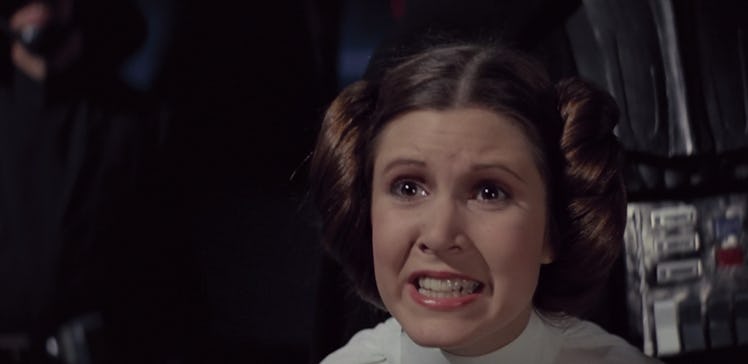The Next ‘Star Wars’ Show on Disney+ Isn’t the One You Expected
Here's everything we know about 'The Bad Batch'

Just a few months after the final episodes of Star Wars: The Clone Wars hit Disney+, the streaming service announced that a spin-off series would premiere next year.
The Bad Batch seems primed to follow a structure that’s worked well in plenty of TV shows and movies, in everything from The Great Escape to Captain Planet to the Avengers films. It will revolve around “the unique and experimental clones” of Clone Force 99, a group of clone soldiers genetically distinct from the rest of the Clone Army. Basically, this isn’t the Ewan McGregor Obi-Wan show you were promised, but instead a spin-off from the existing (and complicated) animated Star Wars shows that have been running for over a decade.
All four members of the Bad Batch have a “desirable mutation” that makes them formidable soldiers. Crosshair has enhanced eyesight, Wrecker is strong, Tech is intelligent, and Clone Sergeant Hunter, the leader of the crew, has enhanced sensory abilities.
The Bad Batch was first introduced in the final season of The Clone Wars, so it’s appropriate that Dave Filoni — a director, writer, animator, and producer on that series — will executive produce the spin-off. Filoni is a key figure in Disney’s Star Wars plans, doing animation for The Force Awakens and four other animated Star Wars series. He also directed, wrote, and executive produced episodes of The Mandalorian.
All in all, this is good news for parents whose kids are still mourning the loss of The Clone Wars, as the creative talent and choice of subject matter for The Bad Batch makes it seem as though the new series will preserve what made the old one great. That said, it is kind of bad news for parents who wanted a little bit more of a strong female lead, Ahsoka Tano, or, you know, a new Star Wars show that wasn’t a cartoon.
Star Wars: The Bad Batch will come to Disney+ in 2021.
And, luckily, The Mandalorian Season 2 will still hit Disney+ sometime in late 2020.
This article was originally published on